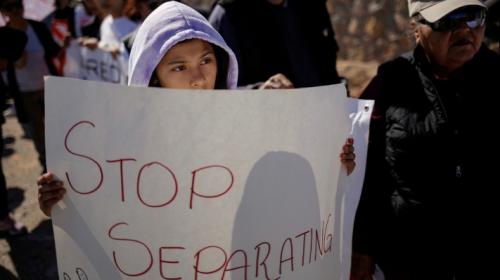


China's State Council Information Office issued a report on the human rights violations in the United States on March 13, 2020.
Based on published data, media reports and research findings, the document shows that "in recent years, especially since 2019, the human rights situation in the United States has been poor and deteriorating". The followings are highlights of the report.
I. Civil and Political Rights in Name Only
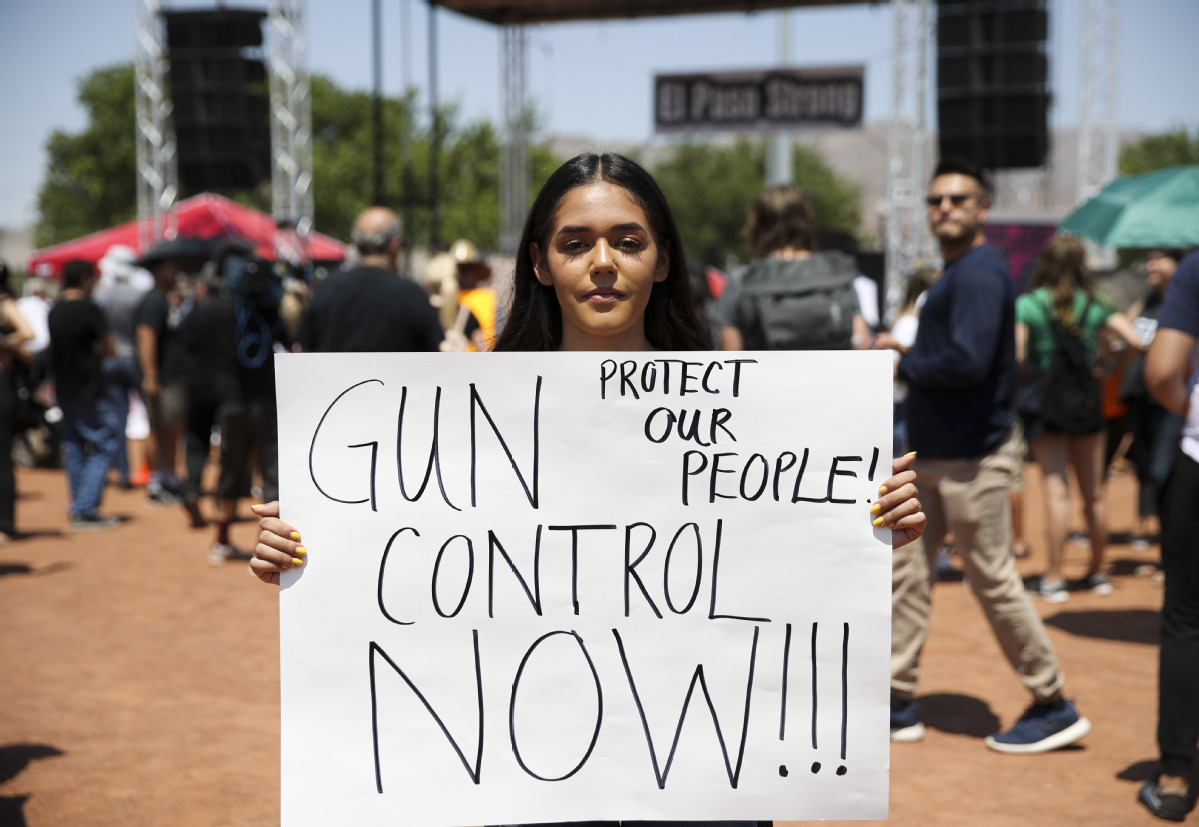
1. Politics has led to a proliferation of guns
39,052 people died from gun related violence in 2019.
A person is killed with a gun every 15 minutes.
2. Mass shootings occurred one after another
A record high of 415 mass killings in 2019
The three worst US shootings of 2019 killed 22, 12 and nine people, respectively.
3. Violent crimes number is alarming
An estimated 1,206,836 violent crimes occurred nationwide, including 16,214 murders, 139,380 rapes, 282,061 robberies, and 807,410 aggravated assaults.
4. People's property safety is at risk
An estimated 7,196,045 property crime offenses in the nation, with a rate of property crime estimated at 2,199.5 per 100,000 inhabitants.
5. Poor handling of cases by the police resulted in the loss of public confidence
Only 45.5% of violent crimes and 17.6% of property crimes were cleared in 2018.
Only 43% of violent crimes and 34% of property crimes tracked by the Bureau of Justice Statisticswere reported to police in 2018.
6. Citizens' personal dignity and privacy are systematically violated
The FBI's face recognition office can now search databases with more than 641 million photos.
Half of US adults - more than 117 million people - are in a law enforcement face recognition network.
7. Prison management disorders resulted in frequent abuse scandals
A 2017 survey of state prisons estimated around 61,000 prisoners are held in solitary confinement in the United States on any given day.
8. Political elections were reduced to money games
$5.7 billion spent in 2018 elections for Congress.
More than $436 million was funded to Super PACs.
2020 election has rais
ed more than $1.08 billion.
9. America's self-touted "freedom of the press" is in name only
There were 38 journalists who were attacked, 28 incidents in which journalists were denied access to government events, nine journalists who were arrested or faced with criminal charges in the US in 2019.
Since 2017, at least 54 journalists have been subpoenaed or had their records seized and 36 journalists have been arrested while covering protests in the United States.
10. Demonstrators were arrested for protesting against government policies
About 100 protesters demanding an end to the Immigration and Customs Enforcement were arrested in New York City in 2019.
At least 15 protesters were arrested in a demonstration organized by Greenpeace USA in 2019.
Nearly 40 protesters attended a planned protest in Miami for government action on climate change and one protester was arrested in 2019.
II. Absence of Basic Guarantee of Social and Economic Rights
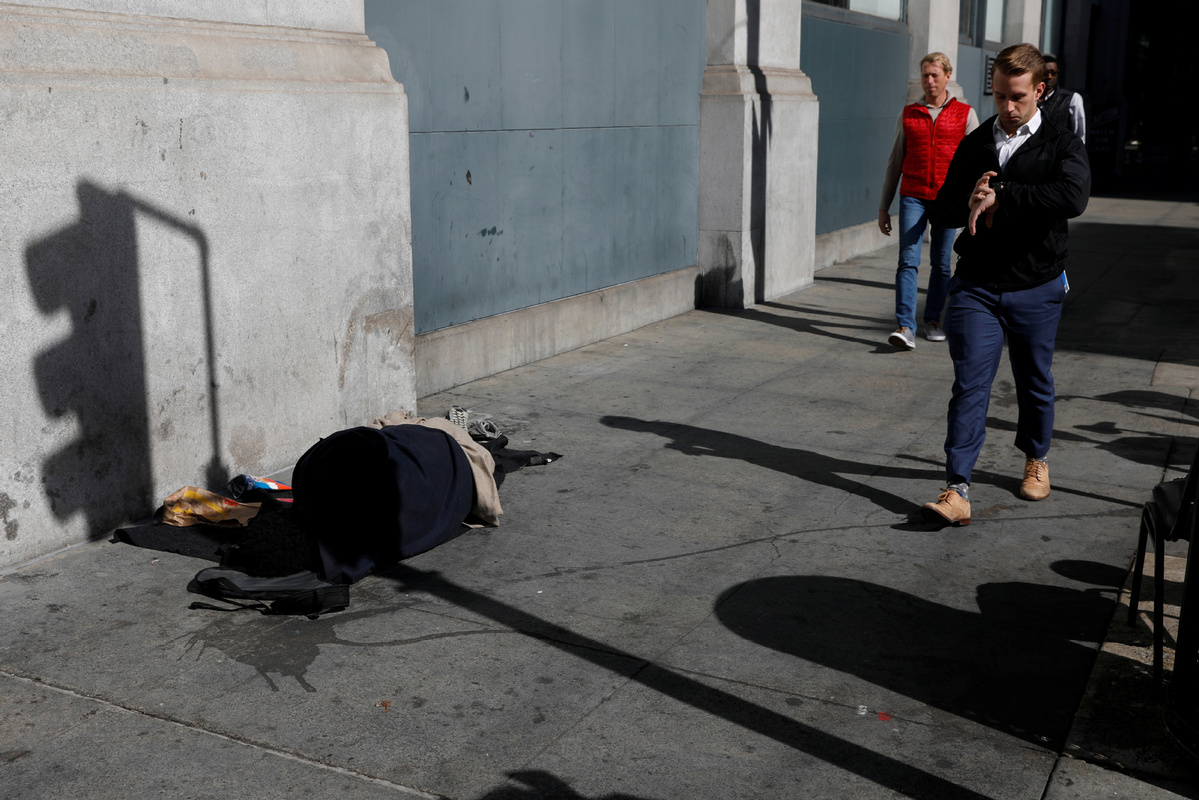
1. The gap between rich and poor hit a 50-year high with the Gini Index of 0.485 in 2018
2. Inequality in income distribution is growing
The wealthiest 10% of households control nearly 75% of household net worth.
The bottom 50% saw essentially zero net gains in wealth from 1989 to 2018.
3. People at the bottom are living in distress
39.7 million people lived in poverty in 2018.
4 in 10 Americans are struggling to afford basics.
The US has refused to raise the federal minimum wage of $7.25 per hour for a decade.
4. The homeless are in a miserable situation
More than half a million lacked permanent shelter.
Nearly 8 million lost homes in the recession and its aftermath.
The homeownership rate fell to about 60% in 2016 from roughly 70% in 2004 for the middle class.
5. The public medical burden is overwhelming
15 million deferred purchasing prescription drugs due to the costs in 2019.
65 million gave up treatment because of the cost in 2019.
6. The number of people without health insurance soars
13.7% of US adults were health uninsured at the end of 2018.
Some 7 million US adults have likely lost or dropped coverage since 2016.
The number of children without health insurance increased in 2018 for the first time in more than a decade.
7. Drug abuse is getting worse
72,000 Americans died of drug overdoses - nearly 200 every day in 2017.
One in 16 high school seniors report daily use of marijuana.
8. Shrinking government financial aid leads to a surge in financial pressure on college students
Student loan debt was the second highest consumer debt category.
Borrowers collectively owed more than $1.5 trillion in student loan debt in 2019, hitting a record high.
III. Ethnic Minorities Suffer from Bullying and Exclusion
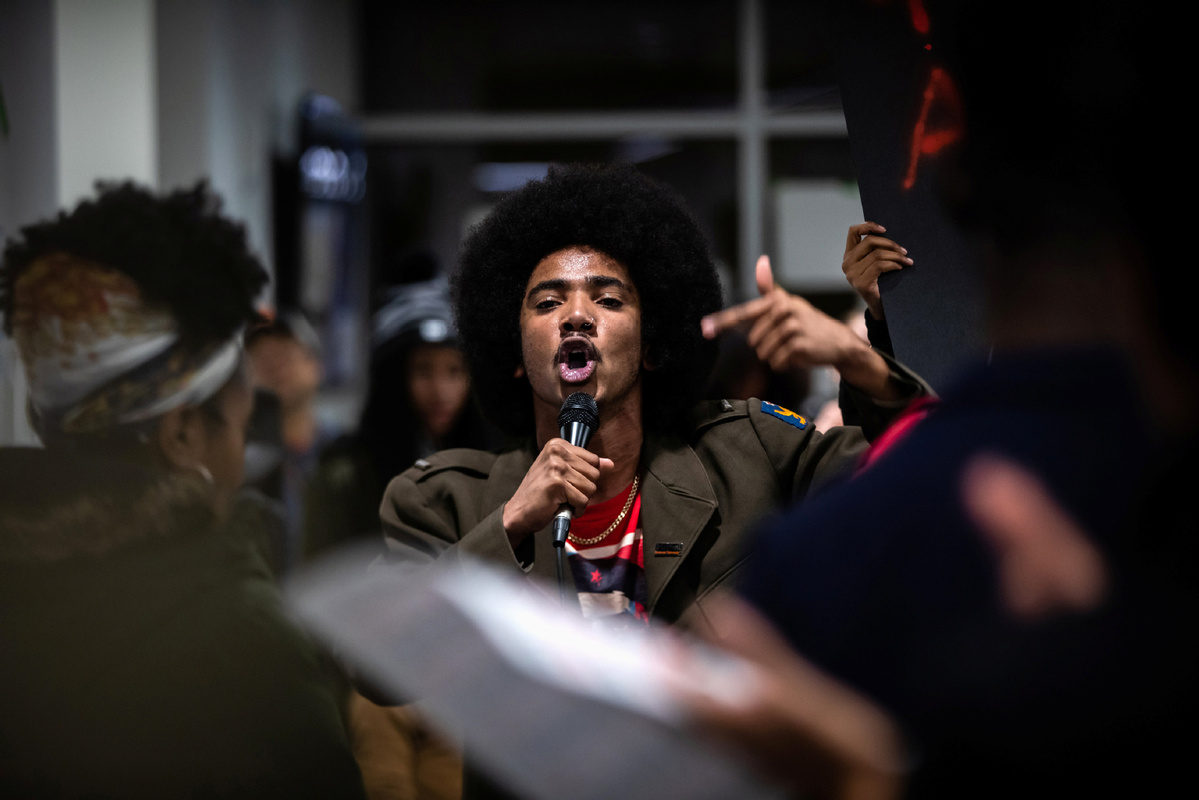
1. White supremacy is on the rise
Since 2016, white supremacy in the US has sho
wn a resurgence trend, leading to racial opposition and hatred.
2. Racial discrimination is common in law enforcement
African American adults are 5.9 times more likely to be incarcerated than white adults.
African American jurors were 4.4 times more likely to be struck down than white jurors.
3. Racial inequality in the workplace and people's livelihood have not improved
Workers of African descent have consistently endured an unemployment rate approximately twice that of their white counterparts.
African American men earned 70.2 cents for every dollar earned by white men, and white women earned 78.6 cents.
African American women earned 61.9 cents for every dollar that white men earned.
The unemployment rate for African Americans is 13.9 percent, while that for the white people is only 3.9 percent.
4. Racism is pervasive in the workplace and in everyday life
The N-word was regular at the workplace where African American employees were called "monkey," or told to "go back to Africa."
White workers wore shirts with Nazi symbols underneath their coveralls.
Bathrooms in the workplace were declared for "whites only."
When African American employees reported the racial discrimination to upper management, they were told to deal with it themselves.
5. Non-white children suffer from serious discrimination in education
White school districts in the United States get $23 billion a year more than districts that educate mostly non-white children.
The average white school district got $13,908 for every student in 2016, compared to $11,682 per student in districts that mostly serve people of color.
White districts enroll just over 1,500 students, while non-white districts serve over 10,000 students.
6. Hate crime climbs to high level
7,036 single-bias incidents reported in 2018, 57.5% of which stemmed from a race/ethnicity/ancestry bias.
A total of 46.9% of single-bias hate crime offenses were motivated by anti-Black or African American bias, while among 5,155 victims of race/ethnicity/ancestry motivated hate crime, 47.1% were victims of crimes motivated by offenders’ anti-Black or African American bias.
7. Intolerance against Judaism and Islam continues to worsen
A survey by Pew Research Center showed:
About 82% of respondents say Muslims face discrimination in the US
Some 64% say Jews face discrimination in the US
Extremists inspired by extremist ideology were responsible for 249 anti-Semitic incidents in 2018
8. The rights of indigenous people have been violated
Fifty-eight out of every 1,000 Native American households lack plumbing, compared with 3 out of every 1,000 white households, according to the report. This disparity has implications for public health.
Native Americans experience more deaths, poverty and higher unemployment rates.
According to a Pew Research Center survey titled Race in America 2019, most US adults say the legacy of slavery continues to have an impact on the position of people of African descent in American society today.
IV. Severe Discrimination and Violence Against Women
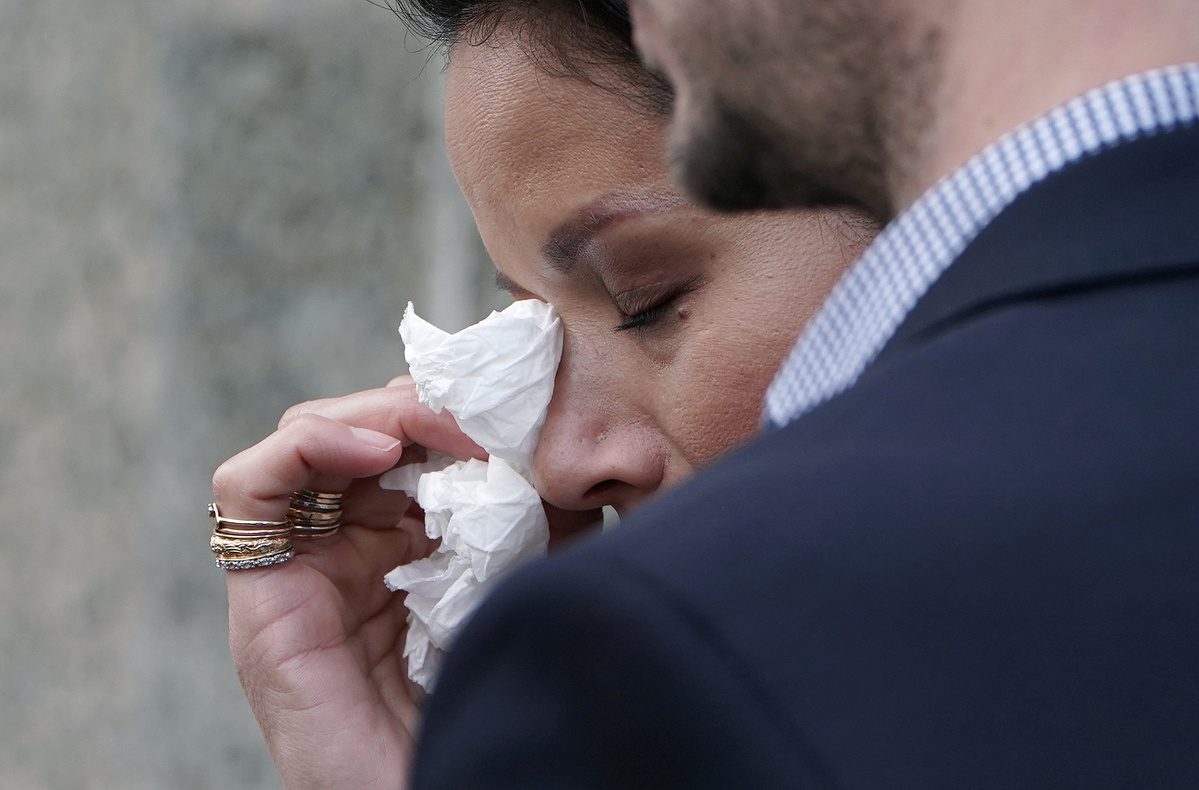
1. Women face severe violent assaults
Women in the US were 21 times more likely to die by firearm homicide than women in peer nations.
Nearly half of female firearm homicide victims were killed by a current or former intimate partner.
Every month, an average of 52 women were shot and killed by an intimate partner, with 4.5 million women having reported being threatened with a gun.
2. Women face common sexual offending and sexual harassment
81% of women had experienced some form of sexual harassment during their lifetime.
More than 3.3 million US women ages 18 to 44 were raped the first time they had sexual intercourse.
The average age of women who experienced forced sexual initiation was 15.6.
Sexual assault prevalence in the Army rose for women from 4.4% in 2016 to 5.8 percent in 2018.
3. Sexual assault cases kept increasing
An estimated 139,380 rapes reported to law enforcement were reported in 2018, 2.7% higher than the 2017 estimate and 18.1% higher than the 2014 estimate.
4. Gender discrimination in the workplace extensively exists
More than four in ten women said they had experienced gender discrimination in the workplace when it comes to getting equal pay or promotions.
The US is one of just a handful of countries that does not guarantee any paid time off to new mothers.
Based on data from the World Economic Forum's Global Gender Gap Index, it was estimated that it would take the US another 208 years to reach gender equality.
5. Problems of gender and racial discrimination overlap
Only about 20% of white men were working in low-wage jobs, while 40% of black women were working in low wage jobs and then 46% of Latino or Hispanic women.
Latina women earned 46% less than white men and 31% less than white women.
6. Women face more severe threat from poverty
A total of 10.6% of men in the US lived below the poverty line, while 12.9% for women.
Gender wage gap in the United States remained among the highest in the rich world and 70% of US poor were women and children.
Of the 7.1 million older adults living in poverty in the United States, nearly two out of three were women.
16% of women aged over 65 lived at or below the poverty line.
V. Vulnerable Groups Living in Difficulties
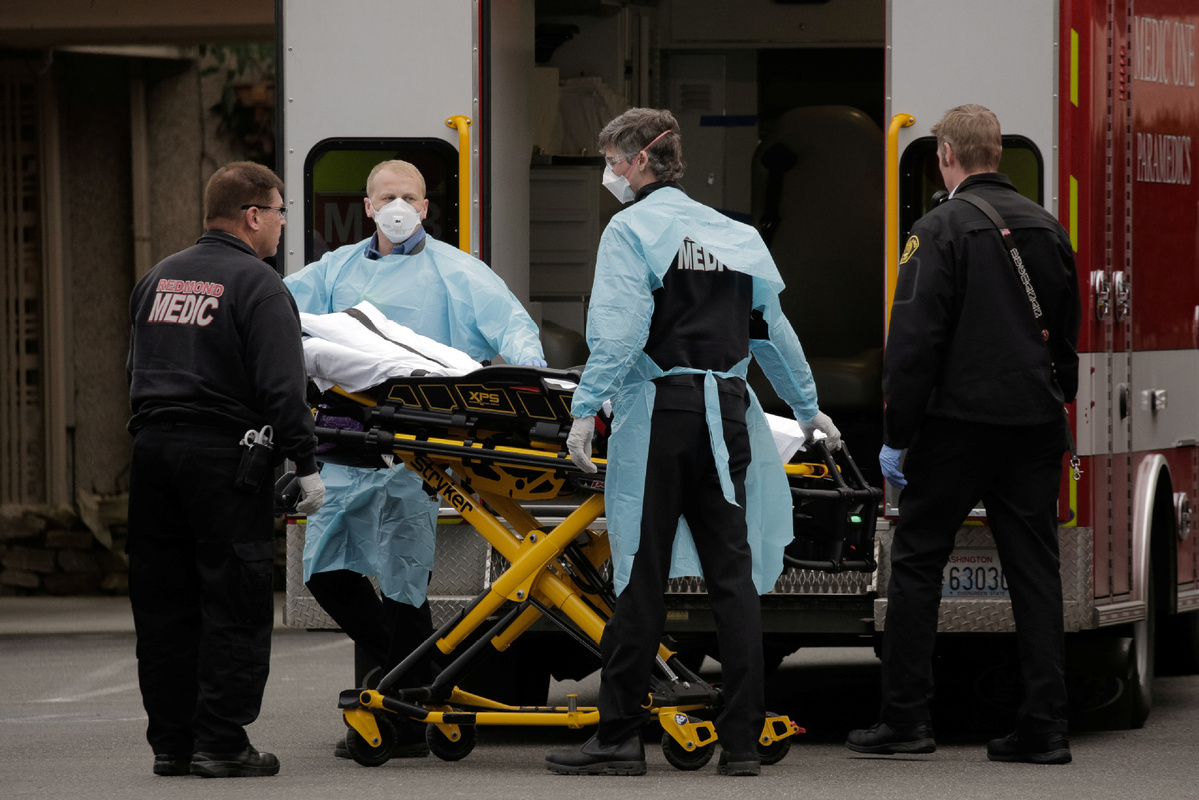
1. Child poverty is a shocking problem
12.8 million US children lived in poverty by 2018, with those of color made up nearly three-quarters of.
Nearly one in four children of color in the US was poor.
A total of 3.5 million children under 5 were poor in 2018, with 1.6 million of those children living in extreme poverty.
2. Child abuse is an alarming problem
Approximately 3.5 million children were involved in the child victim reports, increasing by approximately 10 percent from 2013 to 2017.
A national estimate of 1,720 children died from abuse and neglect, with 18.3% physically abused and 8.6% sexually abused.
3. Campus safety conditions keep worsening
Among students ages 12-18, there were about 827,000 total victimizations at school and 503,800 victimizations away from school in 2017.
Three times as many girls were reported being harassed online or by text message than boys.
4. Poverty of the elderly becomes worse
An alarming one in 12 seniors aged 60 and older - 5.5 million people - did not have enough food in 2017.
About 40% of middle-class Americans would live close to or in poverty by the time they reach age 65.
Of those who were still at working ages, 62% of African Americans and 69% of Latinos had no retirement savings.
5. Medical expenses are too high for the elder to afford
US elder people spent the most on long-term care facility services.
People with Alzheimer's disease or Parkinson's disease spent the most on long-term care services.
6. Elderly care services are expensive and fraught with problems
The cost could put a family into the poor house unless the elderly person qualifies for Medicaid.
Nearly 400 facilities in the United States had serious ongoing health, safety or sanitary problems.
7. Elderly abuse and suicide rates are shocking
About 16% of older adults were victims of some form of mistreatment, including financial exploitation, neglect, physical abuse, psychological abuse and sexual abuse.
More than 8,500 people aged 65 or above committed suicide in the US in 2017.
One out of four senior citizens that attempted suicide died, 50 times the possibility for younger people.
8. Disabled people face severe discrimination when finding jobs
Disabled adults experienced poverty at nearly twice the rate of their nondisabled counterparts.
One in four Americans with disabilities faced unique challenges in securing gainful employment and establishing financial security.
The government fired 2,626 disabled employees in 2017, a 24% increase over 2016.
The employment-to-population ratio for working-age people with disabilities decreased by 1.9% year on year in 2019.
9. The accessibility of government projects to help the disabled is not enough
The government was narrowly crafting specialized definitions of disability to restrict access to critical support programs such as Medicaid and nutrition assistance.
10. Barrier-free environment is under poor construction
A project to build low-income apartments with federal funds of Los Angeles failed to allow wheelchair users have safe access in 2019.
Website accessibility cases had significantly increased in the first half of 2019, during which plaintiffs with disabilities alleged that they could not access websites.
VI. Migrants Suffer Inhumane Treatment
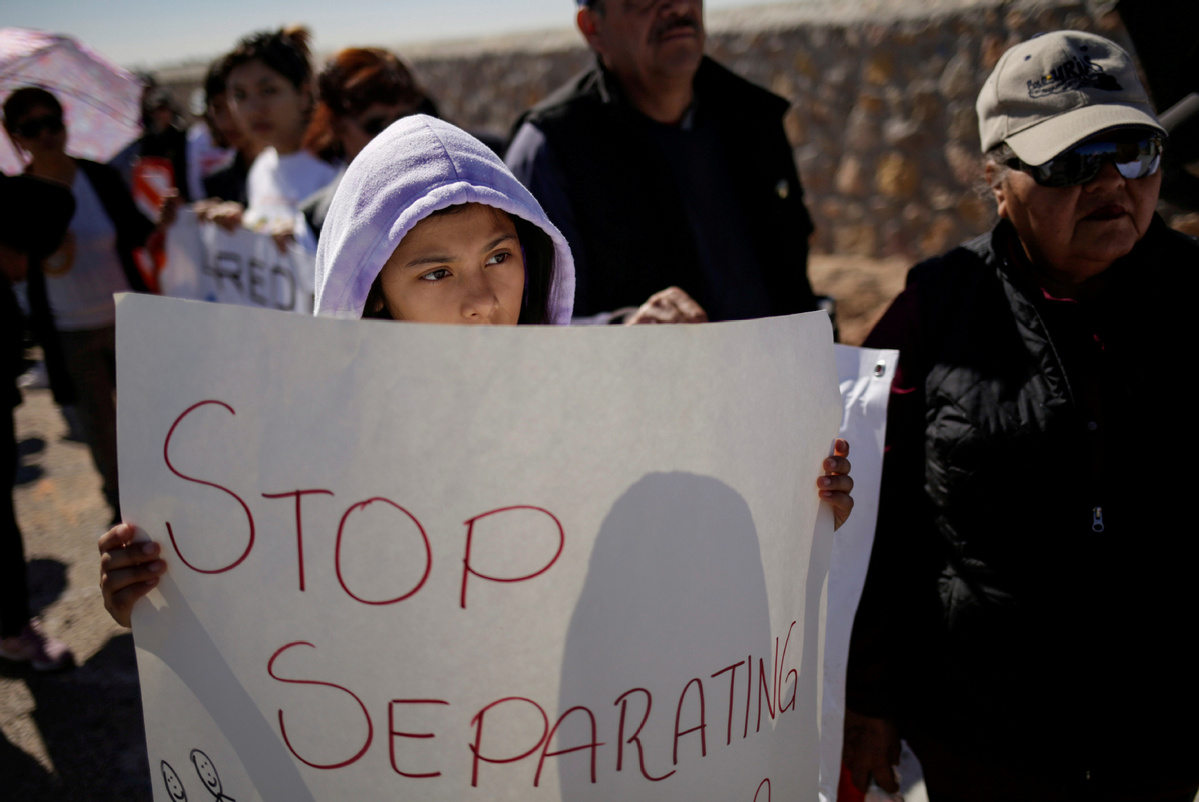
1."Zero-tolerance" policy caused family separation
The US immigration authorities had separated more than 5,400 children from their parents at the Mexico border since July 2017.
As of July 2019, nearly 1,000 migrant children had been taken from their parents at the US-Mexico border since the US government curtailed the practice in 2018. Approximately 20 percent of the new separations affected children under 5 years old.
2. Migrant children were in the ordeal
As of September 2019, at least 2,838 unaccompanied migrant children lived in 35 shelters across Texas.
Between 2016 and 2019, inspectors discovered more than 552 health and safety violations at the facilities.
3. Migrants suffer cruel abuses
The border processing center in El Paso held up to 900 migrants at a facility designed for 125 in June 2019. Some of the detainees had been held in standing-room-only conditions for days or weeks.
The Time magazine reported on its website on July 10, 2019 that 24 immigrants had died in US custody since 2018.
4. The culprit of the worsening immigration problems in the Americas
The Guardian reported on its website on Dec. 19, 2018 that “the destabilization in the 1980s -- which was very much part of the US cold war effort -- was incredibly important in creating the kind of political and economic conditions that exist in those countries today. The families in the migrant caravans trudging toward the U.S. border are trying to escape a hell that the US has helped to create.”
An article carried by commondreams.com on Aug. 15, 2019 said that factors driving Central Americans from their homes were political corruption and repression, the power of the drug cartels and climate change -- all factors that, in significant ways, could be attributed to the United States’ actions in Latin America for decades.
VII. The US want only trampled on human rights in other countries
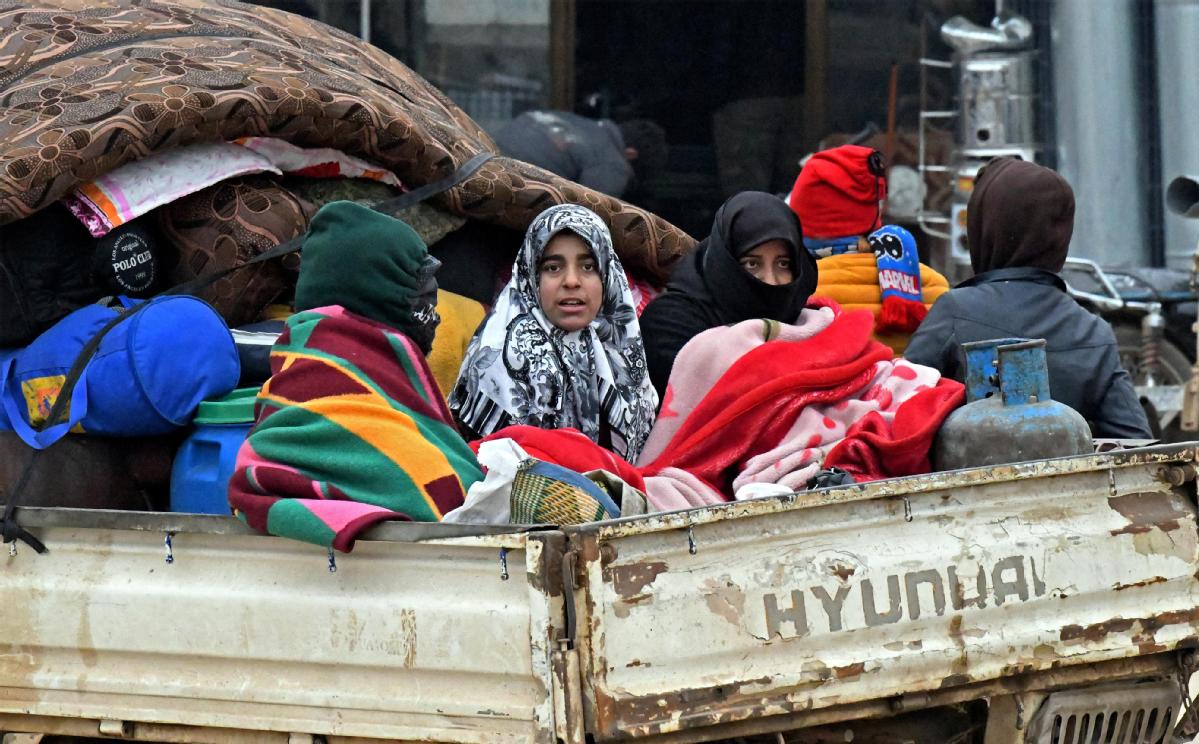
1. Militarism led to human rights disasters
The majority of the wars started by the United States were unilateral actions, neither authorized by the UN Security Council nor approved by the US Congress.
An estimated cost of the US’ global war on terror since late 2001 stood at $6.4 trillion and up to 801,000 people have estimated been killed in post-9/11 wars.
The Afghanistan war claimed the lives of more than 40,000 civilians and around 11 million Afghan people became refugees.
More than 200,000 civilians died in the Iraq war and around 2.5 million became refugees.
The death toll of civilians in the Syrian war surpassed 40,000 while 6.6 million fled the country.
2. Bullying actions threatened international institutions
The US warned the International Criminal Court (ICC) of retaliatory measures against personnel that were directly responsible for investigations over personnel from the US and its allies.
Some US servicemen and intelligence officers were suspected of "torture, cruel treatment, outrages upon personal dignity, rape and sexual abuse" toward detainees in Afghanistan and other places.
3. Unilateral sanctions grossly infringed on human rights in other countries
According to a report on the UN website on Nov. 7, 2019, for the 28th consecutive year, the UN General Assembly had adopted a resolution calling for an end to the economic, commercial and financial embargo imposed by the US against Cuba.
In a statement published by the UN website on Aug. 8, 2019, High Commissioner for Human Rights Michelle Bachelet pointed out that the unilateral sanctions imposed by the US on Venezuela would have far-reaching implications on the rights to health and to food in a country where there were already serious shortages of essential goods.
4. The United States refused to fulfill its international obligations
In recent years, the United States withdrew from the following multilateral mechanisms out of its own interest:
The UN Human Rights Council
The UN Educational, Scientific and Cultural Organization
The UN Global Compact on Migration
On Nov. 4, 2019, the US submitted formal notification of its withdrawal from the Paris climate accord. It sent a powerful message to the rest of the world that “as the damaging impacts of climate change become more apparent, the United States ... will not be a part of the international charge to solve the crisis.”
If you have any problems with this article, please contact us at app@chinadaily.com.cn and we'll immediately get back to you.